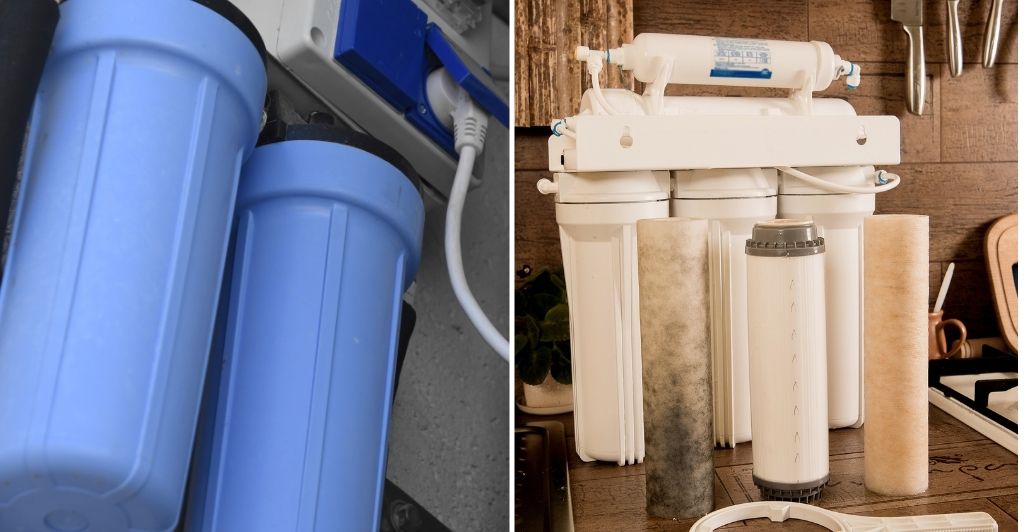Carbon filter and Reverse Osmosis are two of the most popular water filtering technologies that you must’ve heard about. If you are planning to plant a water filtration system at your home, and are confused between the two, you are at the right place.
Also known as carbon block filter, or activated carbon filter, a carbon filter cleans water by making it pass through a carbon medium. When the water runs through this medium, it leaves all the impurities behind, giving you fresh drinking water.
On the other hand, Reverse Osmosis makes use of a semipermeable membrane, which only allows clean water to flow through it. In this guide, we will thoroughly discuss both Reverse Osmosis vs Carbon Filter in detail.
Let’s start…
Why Use a Water Filtration System?
The water that we get in our households often contains harmful chemicals and other contaminants that can be dangerous for us. To ensure that we consume fresh and clean water, it is vital to set up a water filtration system at home.
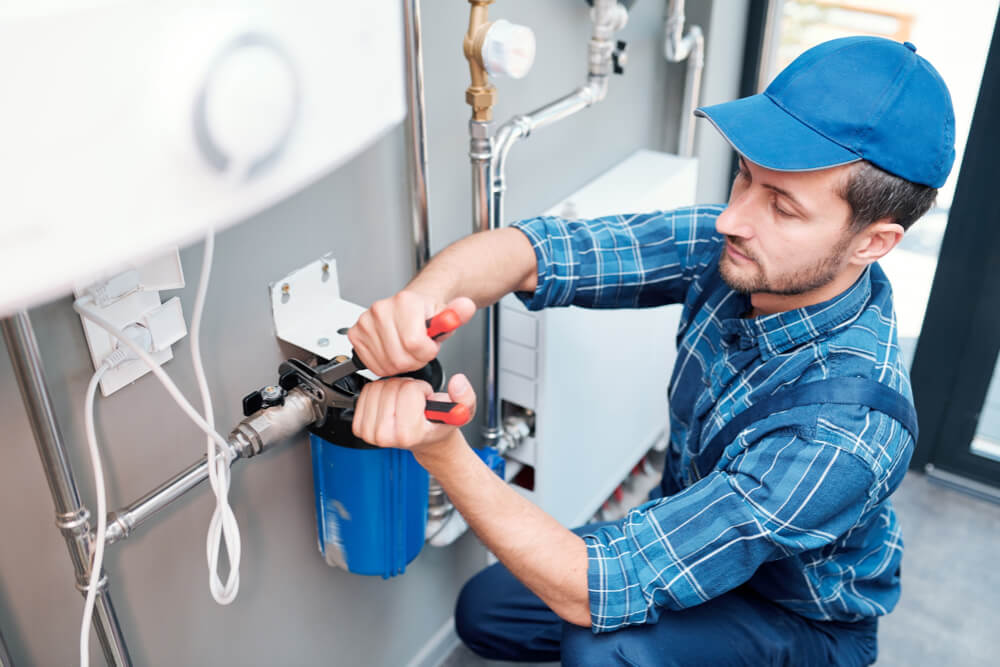
Water filters get rid of all such contaminants leaving behind clean water filled with important vitamins and minerals that are good for our body. It is also important to use a water filter because consumption of chemical compounds such as lead, and magnesium among others can cause various health issues in our body.
Quick Overview of Reverse Osmosis Vs Carbon Filter
In the process of reverse osmosis, water is forced to pass through a semipermeable membrane that separates other molecules from water molecules. RO filters come with a prefilter, a semipermeable membrane, a storage tank for storing clean water, and a postfilter.
Each one of these parts plays a crucial role in filtering water so that high-quality water comes out of the faucet for you to consume.

Both carbon filtration systems and reverse osmosis are very different from each other and they also solve different purposes.
A carbon filter removes fewer contaminants compared to a reverse osmosis system. Carbon filters come with different ratings which makes them useful for getting rid of .5 to 1 μm sized particles. On the other hand, a reverse osmosis system has the ability to filter particles as tiny as .001μm, making them 500x more effective.
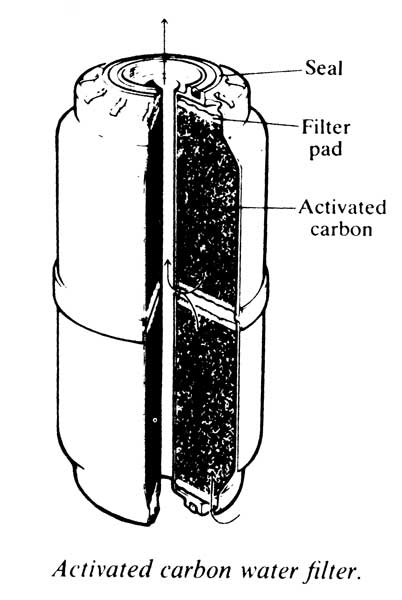
The membrane used in the RO system has extremely small pores, which allows it to remove many more contaminants compared to a carbon filter. Carbon filters can easily remove lead, arsenic, or VOCs, while an RO system can remove all of the above along with fluoride and other chemicals that a carbon filter cannot remove.
Carbon filters are also well-known for getting rid of the taste and smell of chlorine from the water. Carbon filters are also effective at grasping huge particles. RO systems can remove almost anything from the water, but they work more effectively when large particles have already been removed beforehand.
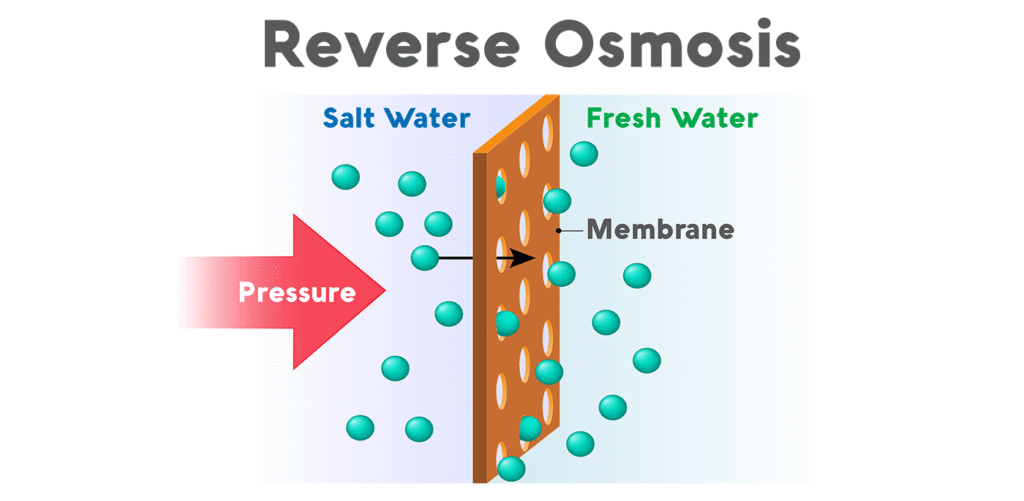
Several other factors are to be considered while choosing the type of water filter you want for your home, such as the level of contaminants in your water supply, space constraints, price, etc.
Getting your home’s water supply tested and going through this guide will help you determine the best water filtration system for your house.
👉 Carbon Filtration System
The carbon filtration system has been in this world for many years now. Carbon filters are best at the removal of chlorine and its taste and smell. It is often preferable to buy a high-end carbon filter rather than getting a low-quality RO filter.

Mainly, there are two kinds of carbon filtration systems available in the market:
1. Catalytic Carbon Filters
Catalytic Carbons are a class of activated carbons. These offer the same benefits as activated carbons but they can also encourage certain chemical reactions, making them effective at getting rid of chloramines and chlorine from the tap water.
2. Activated Carbon Filters
Most water filters use activated carbon that is derived from wood, coal, or coconut shells. Activated carbon filters are known for being porous and they get rid of harmful chemicals and other contaminants through adsorption.
Advantages & Disadvantages of a Carbon Filtration System
Firstly, carbon filters are known for their size. While reverse osmosis systems have 3 compartments, a carbon filtration system has one unit only. Hence, carbon filters don’t require much maintenance and their maintenance cost is meager as well.
With the size, comes space efficiency. Carbon filters effectively get rid of organic compounds like chlorine, pesticides, solvents, and herbicides, among several others.
However, a carbon filter fails to remove dissolved solids, viruses, and bacteria in water. Moreover, having to change the filter every now and then is another drawback of a carbon filter.
Channeling can occur when you don’t change the carbon filter on time and it can further reduce its efficiency as the reactions between the carbon and chemicals won’t occur properly.
If you don’t change the filter, it can cause your water to taste and smell bad.
👉 Reverse Osmosis Filtration Systems
As mentioned in the overview, a reverse osmosis system uses membrane technology to filter water. The thin-film composite or TFC membranes of an RO system force the water to pass through a semipermeable membrane.

Most RO systems consist of the following stages:
1. Pre-Filter
The job of a pre-filter is to get rid of sediments and any particles that can damage the filter.
2. Membrane
The membrane is the most important part in a reverse osmosis system. It separates water from all sorts of contaminants.
3. Post-Filter
A post-filter ensures that odor and bad taste are removed from the water so that you consume quality water.
You should stay away from RO filtration systems that come with 4-20 stages as they come equipped with unnecessary filters and steps which only increase your expenses.
Reverse Osmosis filtration systems usually remove the following contaminants from water:
- Fluoride
- Mercury
- Arsenic
- Nitrates
- Cysts
- Chlorine
- Parasites
- Organic Compounds
- Bacteria
- Viruses
- Heavy metals such as cadmium, aluminium, iron, and lead
- Pharmaceuticals
- Dissolved solids such as sodium, magnesium, and calcium
Advantages & Disadvantages of a Reverse Osmosis System
ROs can get rid of harmful particles such as sodium, and lead to ensure that your water is safe to drink. It successfully removes viruses and bacteria from water as well.

RO filters are great for those with health conditions, as they ensure that all the contaminants are removed from your drinking water.
Although RO filters remove chemicals and contaminants efficiently, a reverse osmosis system might remove too much from your water as it gets rid of natural minerals and vitamins that are in fact good for health.
👉 The Distinction Between Reverse Osmosis and Carbon Filters
Carbon filters and RO filters are very different from each other. The major difference between both of these filters is the size.
While carbon filters usually have NSF Class I ratings, meaning that they can remove 85% 0.5-1 micron-sized particles, RO filters can remove particles that are as tiny as .001 micron in size.
Certification Should Be Your Utmost Priority
Whether you choose to use a carbon filter or a reverse osmosis filter for your home, it is vital to ensure that your filter is certified. The filter you purchase should be certified by a trusted third party which states that your filter is capable of removing contaminants.
National Sanitation Foundation or NSF Certification plays a crucial role when it comes to certification. NSF is a nonprofit organization that has developed certain standards for goods such as consumer products, clean water, and food.
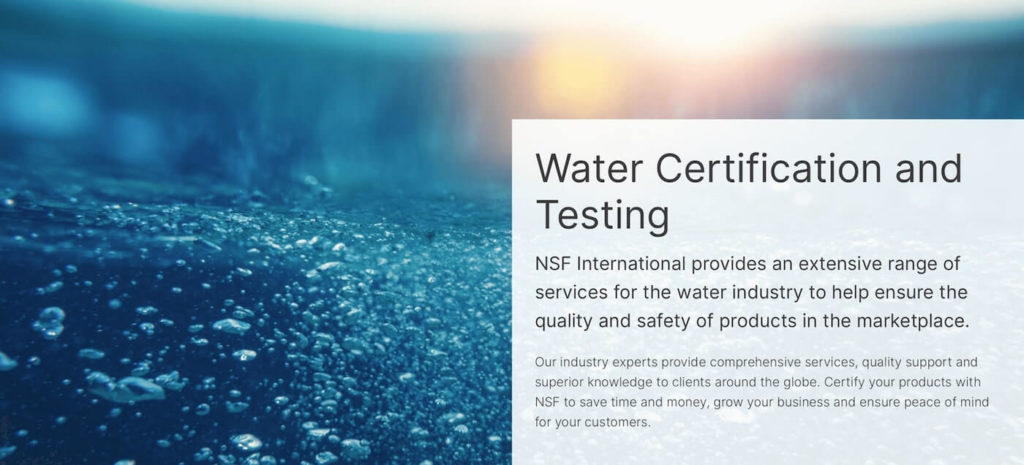
NSF is responsible for certifying these goods as well. NSF aims to inform consumers about products that meet standards of quality.
Before you make a purchase, make sure that your filter passes the ANSI/NSF standards to ensure that you make the right investment.
Conclusion
The Reverse Osmosis system and the carbon filtration system are different from each other and the type of system you choose among the two should depend on the kind of water supply you get, and other requirements that need to be fulfilled.
Water filters are an investment, and you shouldn’t make a quick decision while purchasing them. You should go through this article to understand the difference between both these filters and then you should move ahead to make the purchase.
FAQ
Which is better- reverse osmosis or carbon filtration?
Carbon filters are excellent when it comes to the removal of bad smells and the taste of chlorine. Carbon filters also get rid of large particles. On the other hand, reverse osmosis can remove almost anything from the water, but it works efficiently when large particles are removed beforehand.
What does a reverse osmosis filter remove?
RO water filters easily remove contaminants like arsenic, fluoride, sulfates, nitrates, and many others. However, RO filters also get rid of beneficial vitamins and minerals from water. All in all, RO filters get rid of various harmful chemicals and particles and they have a filtration efficiency rate of 99% or higher.
Is it worth it to invest in a carbon filter?
Carbon filters effectively remove harmful VOCs and pollutants. Moreover, these filters provide clean and fresh drinking water, and hence, it is definitely worth it to invest in a carbon filter.
